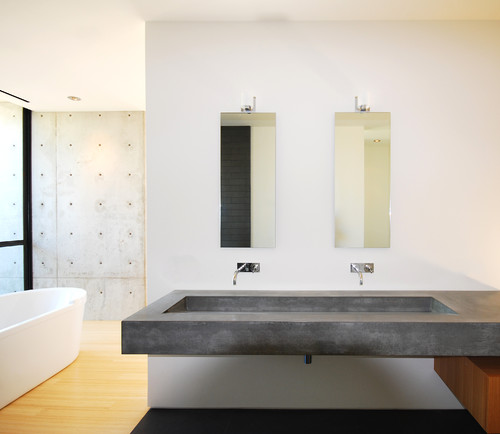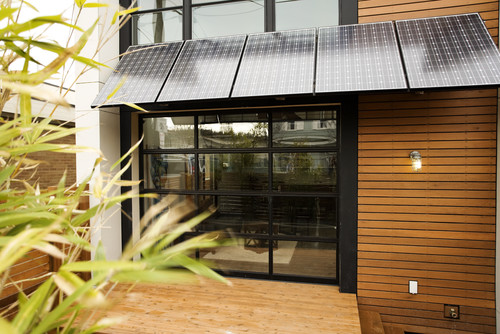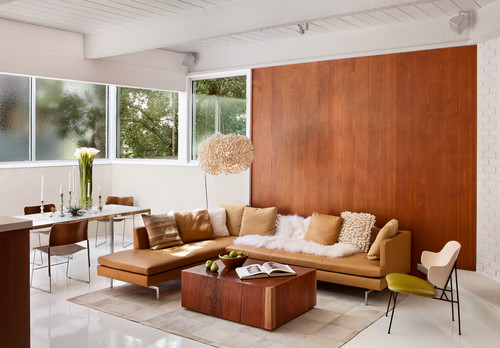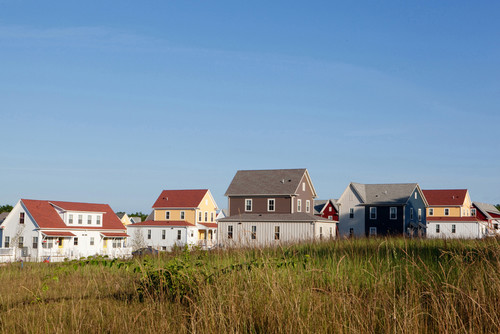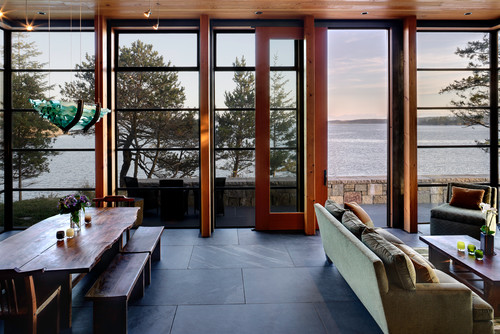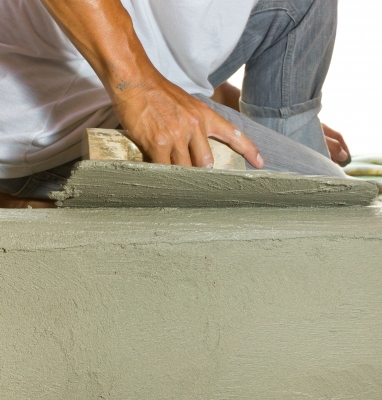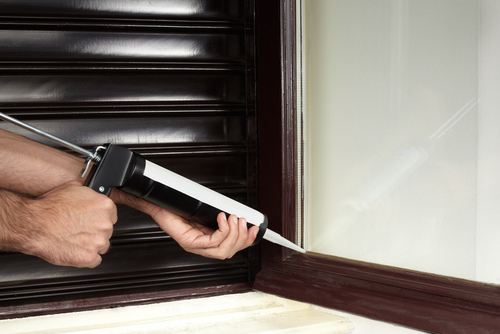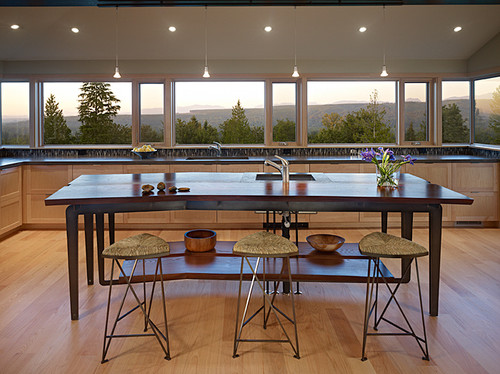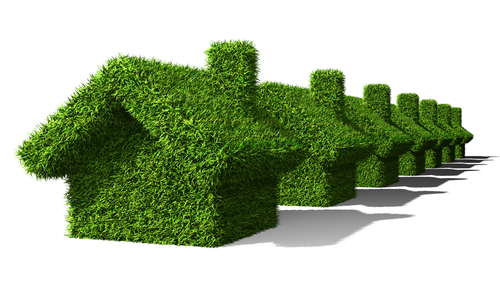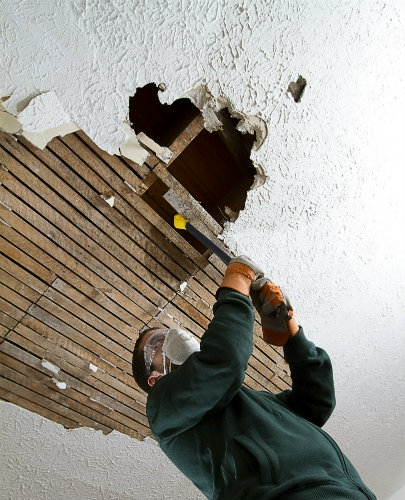When it comes to making your bathroom a more eco-friendly place, finding ways to conserve water isn’t the only thing that you can do. In addition to installing low-flow faucets, why not install an eco-friendly bathroom sink as well? The following are some of the more environmentally friendly sink options you can choose from:
- Salvaged sink – Pick up anything bowl-like and salvage it as a sink. All you have to do is have a hole drilled in it for the drain.
- Cement sink – Have your sink poured in place using cast-in-place concrete. You can make your cement sink more eco-friendly by adding recycled aggregates such as porcelain or glass.
- Wood sink – As long as the wood was salvaged or the source was certified by the FSC (forest stewardship council), then it’s a great eco-friendly option.
- Rubber sink – For a real unique touch to your bathroom space, consider a rubber sink. There are manufacturers that produce sinks made from recycled rubber tires, which are stretched over a base frame to help form a sink.
If you’re looking for different energy efficient home features to make your bathroom more sustainable, then consider one of these eco-friendly sink options. Contact us for more ideas and information.
